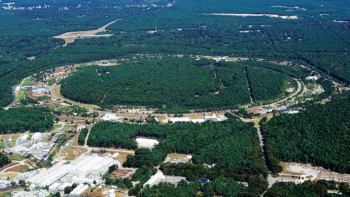 Read article 'Two years of LHC physics: ATLAS takes stock'
Read article 'Two years of LHC physics: ATLAS takes stock'
Two years of LHC physics: ATLAS takes stock
From the first paper to the dozens of ground-breaking results presented over recent months, the first two years of ATLAS physics have been a hugely productive time.









